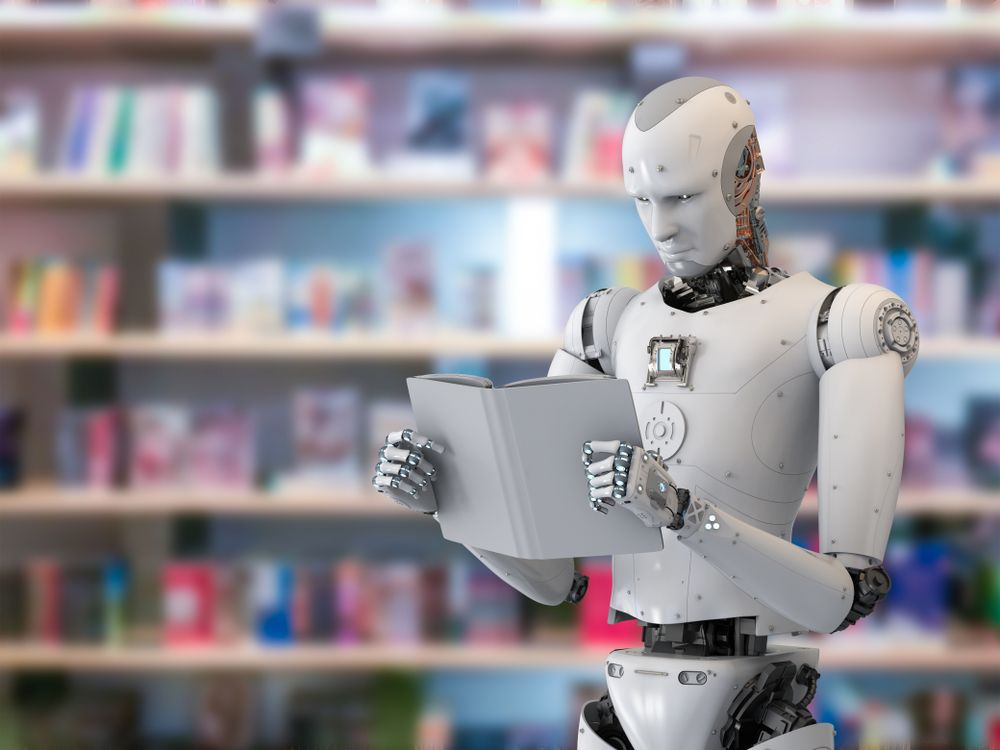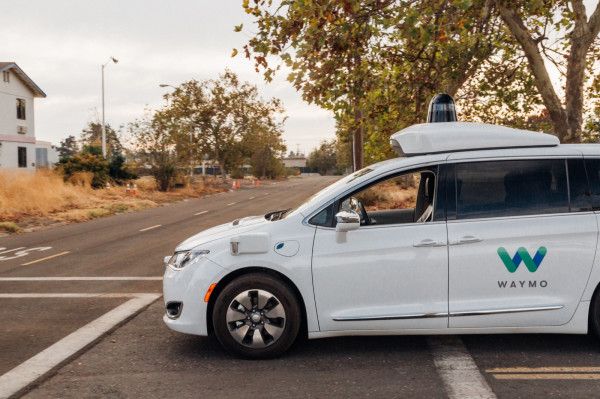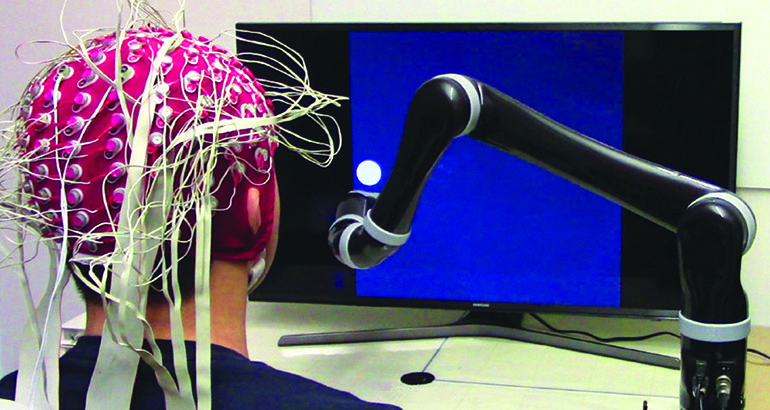
Soon, you might not need anything more specialized than a readily accessible touchscreen device and any existing data sets you have access to in order to build powerful prediction tools. A new experiment from MIT and Brown University researchers have added a capability to their ‘Northstar’ interactive data system that can “instantly generate machine-learning models” to use with their exiting data sets in order to generate useful predictions.
One example the researchers provide is that doctors could make use of the system to make predictions about the likelihood their patients have of contracting specific diseases based on their medial history. Or, they suggest, a business owner could use their historical sales data to develop more accurate forecasts, quickly and without a ton of manual analytics work.
Researchers are calling this feature the Northstar system’s “virtual data scientist,” (or VDS) and it sounds like it could actually replace the human equivalent, especially in settings where one would never actually be readily available or resourced anyway. Your average doctor’s office doesn’t have a dedicated data scientist headcount, for instance, and nor do most small- to medium-sized businesses for that matter. Independently owned and operated coffee shops and retailers definitely wouldn’t otherwise have access to this kind of insight.




 (Egor Zakharov)
(Egor Zakharov) 













